Expect it to do to the Ryder Cuppers what it’s done to pros and everyday golfers for nearly 90 years—kick ass and take names
Bethpage Black is a bully. A beautiful bully, for sure, but still 7,459 yards of relentless brute force that will beat you up while also leaving you believing you’ve walked off one of the best courses you’ve ever played.
I’ll never forget a conversation I had with Earl Woods in the lead-up to the 2002 U.S. Open on the Black (the one his famous son, Tiger, would go on to win) about his first experience playing there when he was stationed at Fort Hamilton in Brooklyn as a 41-year-old lieutenant colonel in 1973.
“It took my manhood, it took my pride, it took everything,’’ the elder Woods recalled. “I went out because I was cocky and I wanted to see what I could do on a big course. I distinctly remember those holes absolutely killing me.
“Finally, I just stopped and laid down underneath a tree, took in the atmosphere, and said, ‘It may have beaten me up, but it’s a beautiful place.’ Then, I went right to the snack bar and ordered a Heineken.’’
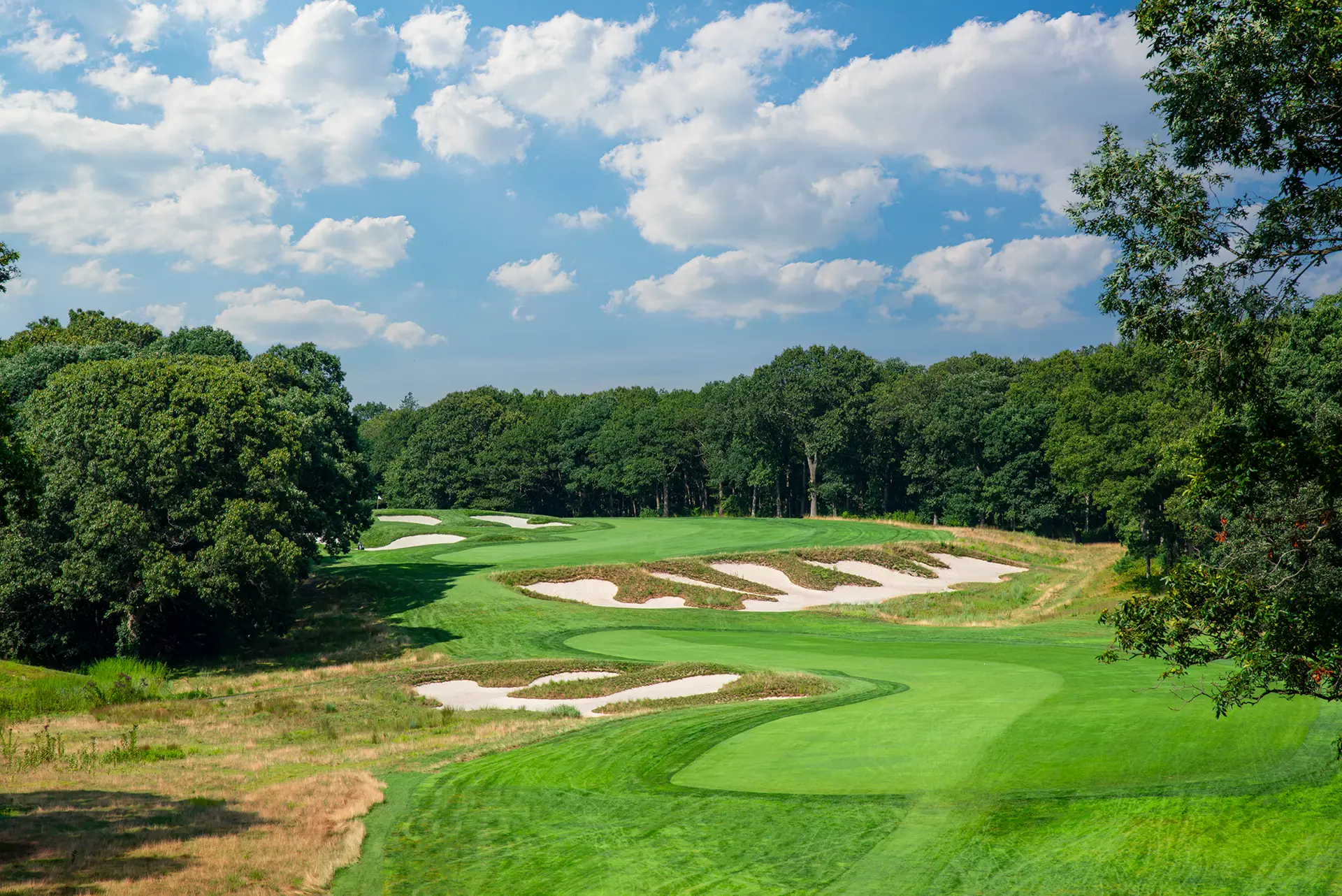
This fall’s Ryder Cup (September 26–28) marks the latest in a series of big-time tournaments played on the Black, including that ’02 U.S. Open won by Tiger, the 2009 U.S. Open (Lucas Glover), the PGA Tour’s 2012 Barclays (Nick Watney), the 2016 Barclays (Patrick Reed), and the 2019 PGA Championship (Brooks Koepka).
All of those aside, Bethpage Black is defined more by its everyday existence, which includes golfers sleeping over in the parking lot to secure precious tee times. It was aptly labeled “The People’s Country Club’’ upon opening in 1936 as the brainchild of Robert Moses, an urban planner and public official who was one of the most influential people ever to grace New York State. Among his influences was hiring legendary golf course architect A.W. Tillinghast for a reported $10 per day.
Walking onto the first tee, the first thing you encounter is a metal sign that has become a tourist destination of sorts since being bolted to a fence in the early 1980s: WARNING—The Black Course Is An Extremely Difficult Course Which We Recommend Only For Highly Skilled Golfers.
In June 1997, Craig Currier was hired as course superintendent, which meant overseeing Rees Jones’s refurbishing of the Black Course for the 2002 and 2009 U.S. Opens. When he first saw the sign, Currier thought, “I’ve certainly never seen one of those before.”
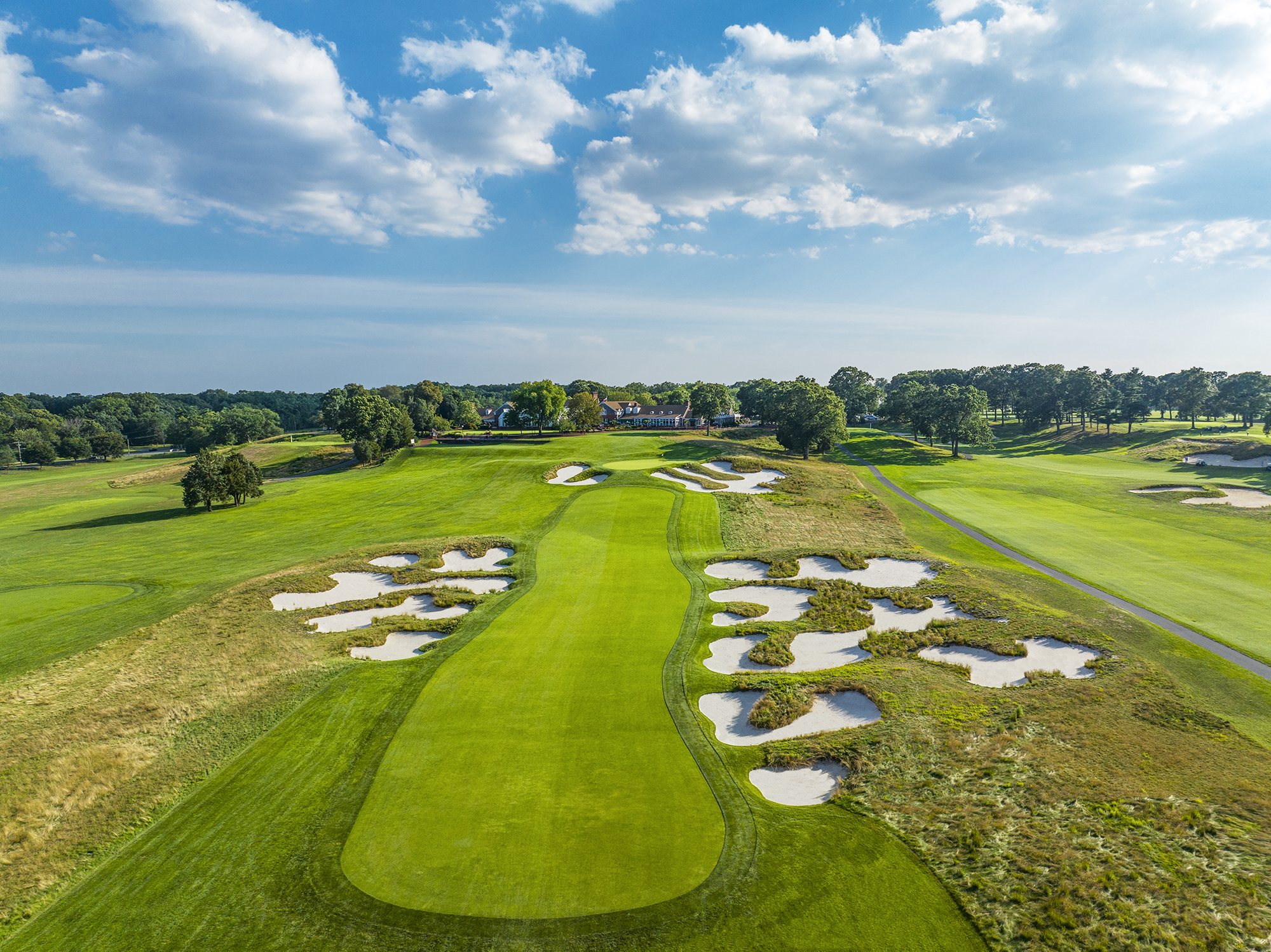
Having passed that unique bit of amusement, things get serious. The first hole is hardly a welcoming handshake, a 430 yard dogleg right with a cluster of trees to the right of the fairway discouraging short-cut tee shots. The 4th hole, a 517-yard par five from an elevated tee, is a magazine cover. Its bunkering, both crossing the fairway and greenside, is a clinic for wannabe course architects. The 478-yard 5th, with vast acreage of risk/reward waste bunkers on the right and a challenging elevated green, might be the most daunting par four on the planet.
Holes 9, 10, 11, and 12, all par fours, average 478 yards, followed by the 608-yard par-five 13th, which is heavily bunkered on the left and features famously hungry cross-bunkers in front of the green. Fifteen is a 484-yard uphill par four that seems to go on forever before finishing on a green elevated 50 feet above the fairway.
“The ruggedness of it, the lay of the land, and the enormity of it makes you feel like you’re out there all by yourself … it’s peaceful,’’ Currier says. “It’s beautiful and it’s huge. It’s one of the biggest, most massive golf courses there is.’’
The Black Course will be bigger than ever when the Ryder Cup is played there. But it’ll be anything but peaceful.
Mark Cannizzaro is a sports columnist with the New York Post.


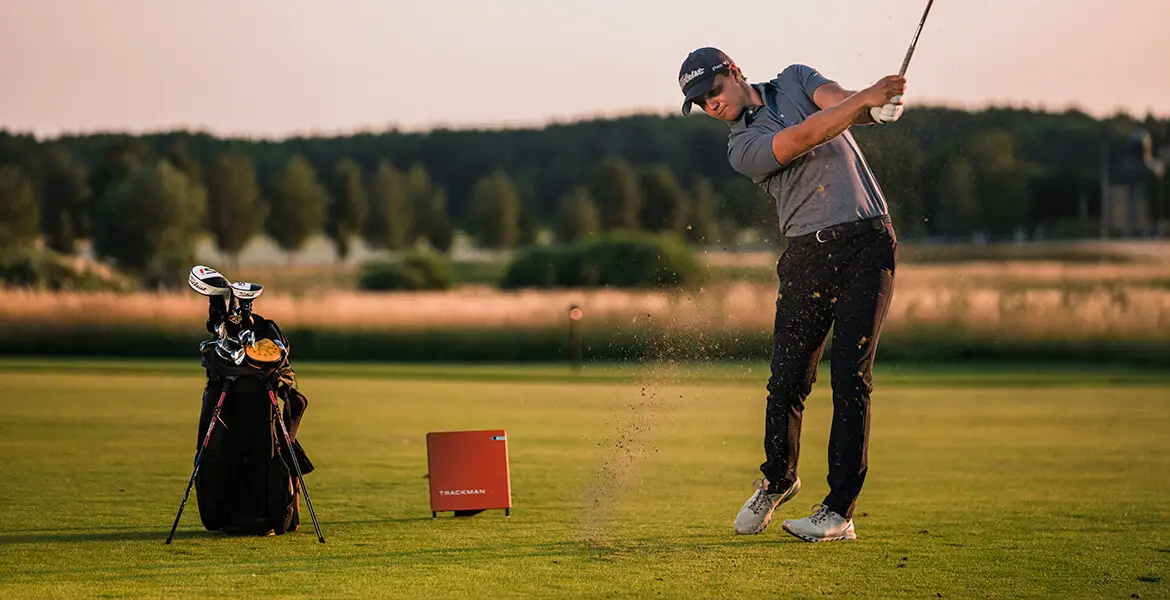

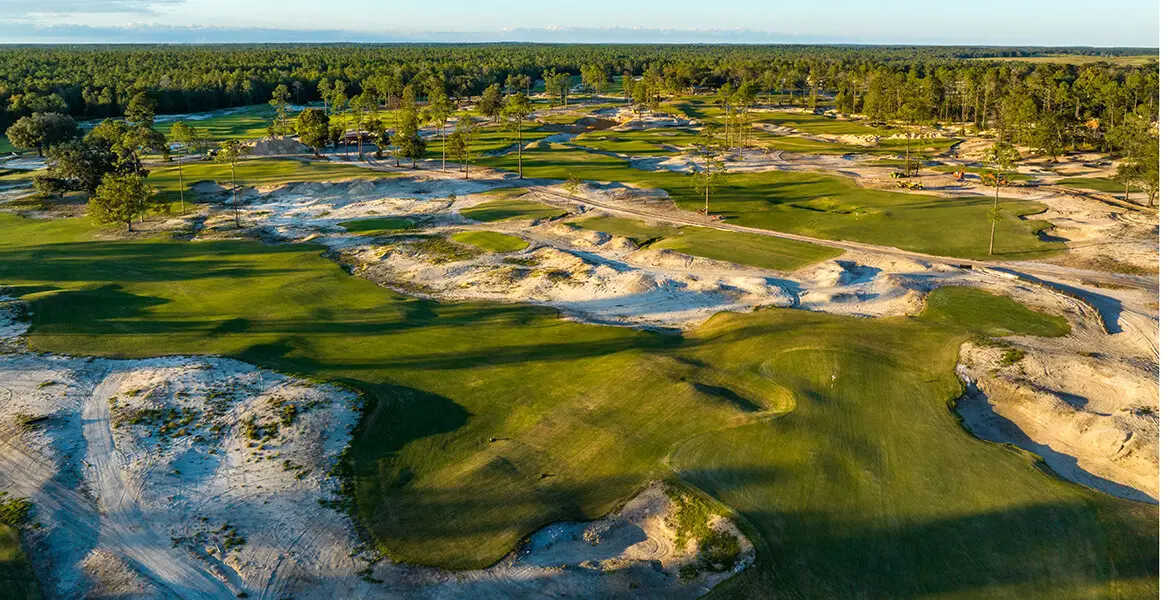
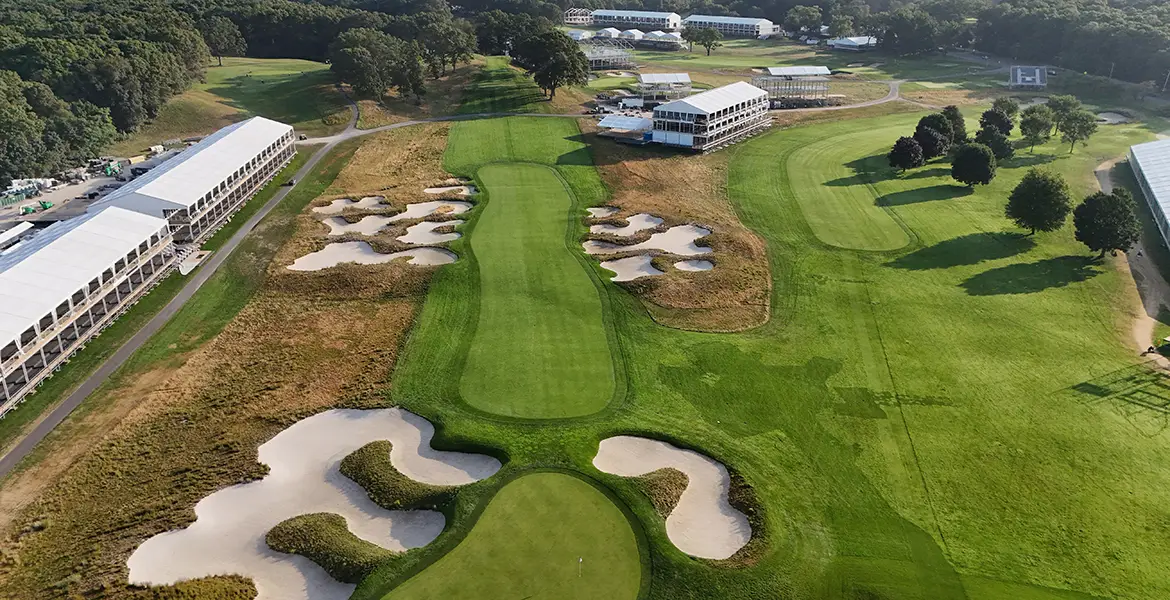
i started playing the black course in 1968 and played it until 2005. I have played Pebble beach,torry pines,pinehurst 2 and Harbor Town all in the 1970’s. I came back and always said to my friends and people i played with the black was a better test of golf than any them. the layout with it up and downs and sand traps and small fairways and heavy ruff. Until the us open was coming there in 2002 that state had no to upkeep the course in the yearly years some holes had rubber matts to hit off and the sand traps had more rocks and weeds than sand. but the lay out has always been there. one last item i would take my two sons after a snow storm to the 15th hole and we would tube to go the hill.
I first played the black course in high school. I was on the highschool golf team and the black course was the hardest I have ever played . This was the late 50s early 60s.. The red course was my favorite not as hard,then the green the easiest of the 3…..the best public courses I have played over my 70 years hitting that little white ball… finally shooting my age at 81…Great memories besides the golf we would go sledding in the winter picnic and horseback ride in the spring and summer…a public great park for everyone.